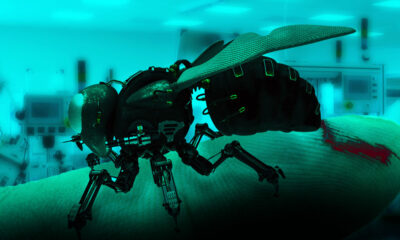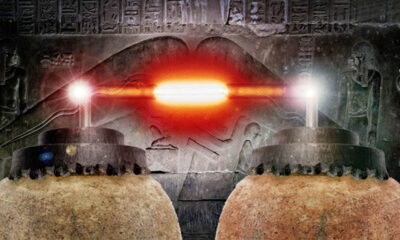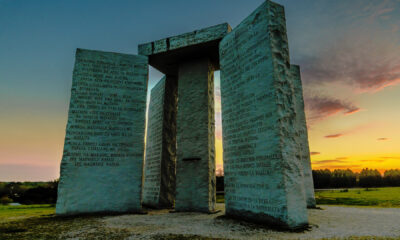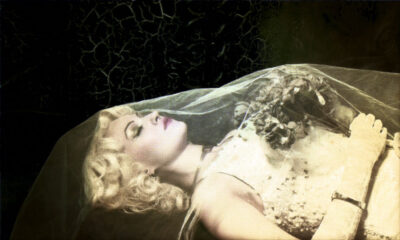Whistleblower Says U.S. Recovered ‘Non-Human’ Biological Material
In a much-anticipated hearing on UFOs, three military veterans provided testimony in front of Congress. Among them was a former Air Force intelligence officer who asserted that the U.S. government has secretly conducted a “multi-decade” program to reverse engineer recovered unidentified aerial vessels. He also claimed that the U.S. has retrieved non-human “biologics” from alleged crash sites.
While the discussion touched on the topic of extraterrestrial beings, a significant portion of the conversation centered around enhancing procedures for reporting unexplained aerial phenomena (UAPs), the military’s term for UFOs. The term “UAP” is now being used to account for sightings both in the air and underwater.
Efforts are being made to remove the negative connotations associated with reporting UAP sightings among aviators and to establish oversight of government initiatives investigating these phenomena.
Retired Major David Grusch, who transitioned from serving on the Pentagon’s UAP Task Force to becoming a whistleblower, informed the House Oversight Committee’s national security subcommittee that he had been denied access to certain government UFO programs. Nevertheless, he claimed to possess precise information about the locations of UAPs within U.S. possession.
In response to public interest and pressure from political quarters, federal and military bodies have disclosed a substantial amount of information concerning unexplained encounters with aircraft. However, many of these sightings have been identified as having mundane origins, such as weather balloons, drones, airborne debris, and birds.
The Defense Department’s spokesperson, Susan Gough, stated that the Pentagon’s inquiries had failed to substantiate any claims regarding the possession or reverse engineering of extraterrestrial materials, past or present.
Grusch further alleged that the U.S. had recovered non-human biological material from UAPs, citing conversations with individuals directly involved in the UAP program. Although he refrained from providing additional details during the public hearing, he expressed his willingness to share this information behind closed doors.
Grusch clarified that he had not personally encountered any alien craft or beings, basing his perspective on the accounts of over 40 witnesses he interviewed during his time with the UAP task force. He stressed that his testimony relied on information from credible sources with a history of service to the country, supported by photography, official documents, and classified oral testimony. Grusch also claimed that this wealth of evidence had been deliberately kept concealed from Congress.
During the hearing, Grusch deflected inquiries from lawmakers on multiple occasions, indicating that he could only elaborate on certain matters within a sensitive compartmented information facility (SCIF). He avoided commenting on whether the government had interacted with extraterrestrial life or if there had been any efforts to cover up information about “extraterrestrial technology.”
Grusch noted that he and several colleagues had faced what he described as “administrative terrorism,” causing him to fear for his safety since coming forward. He mentioned that an ongoing investigation was looking into this matter.
Former Navy fighter pilot Ryan Graves and retired Commander David Fravor also provided testimony to the subcommittee. Graves recounted an incident involving an unexplained aircraft off the coast of Virginia Beach in 2014. He described the object as a “dark gray or black cube inside of a clear sphere,” noting its stationary position despite strong winds.
Graves has established a group called Americans for Safe Aerospace to support aviators reporting UAPs. He emphasized that the reported objects are executing maneuvers beyond our current technological understanding.
Retired Navy Commander David Fravor shared his own encounter with a UAP in 2004, captured on video and later released by the Pentagon. He described a white “Tic Tac”-shaped object that defied conventional aircraft characteristics and exhibited advanced technology.
The hearing, which drew a considerable audience, sought to address the issue of UAPs from a national security perspective. Lawmakers and witnesses expressed concerns about the potential threat posed by these phenomena. The witnesses echoed the need for transparency, a centralized reporting system, and a shift in public perception to encourage reporting of UAP sightings.
Overall, the hearing aimed to shed light on the UAP issue, with veterans sharing their experiences and advocating for a better understanding of these unexplained aerial phenomena.


























